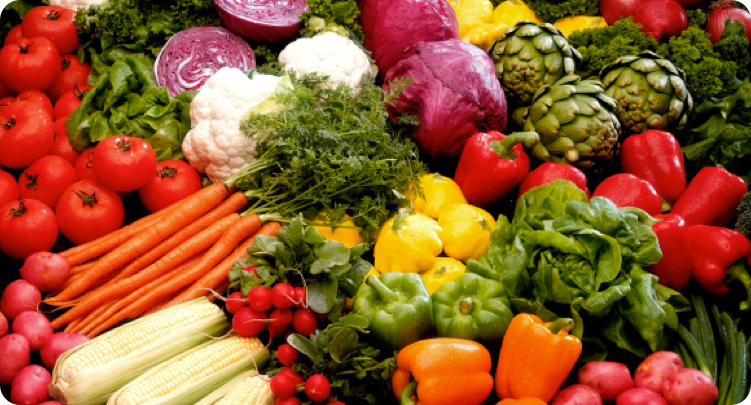A High Fiber Diet is Essentials for Health
- Apr 26, 2022, 9:11 AM

Are you getting enough fiber each day? With so many fast foods and processed foods in America, most adult Americans don’t get the fiber they need each day (25 to 35 grams). Fiber is a type of carbohydrate and is a part of plant-based foods that the body can’t digest. The fiber passes through our body keeping our digestive system healthy, keeping bowel movements regular and flushing toxins from our system.
A low-fiber diet can lead to fatigue, high blood-sugar levels, digestive disorders and unhealthy food cravings. A diet high in fiber reduces the risk of chronic health conditions including heart disease, diabetes, cancer, hemorrhoids and gastrointestinal disorders such as irritable bowel syndrome (IBS). Adequate fiber can aid in weight-loss because it adds bulk to your diet and helps you to feel full sooner. Also, adding high fiber foods such as fruits and vegetables, which tend to be low in calories, make it easier to consume less calories.
It is important to eat plant foods in their whole form because refined or processed foods are lower in fiber content. Fresh fruit and vegetable juices contain nutrients but lack the beneficial fiber of the whole fruit or vegetable. Choose whole grains, flax seeds, chia seeds, legumes, and nuts and seeds.


- There are two types of fiber: Soluble and Insoluble.
- Soluble fiber: dissolves in water and can lower blood sugar levels and reduce cholesterol. Good food sources include apples, avocados, artichokes, asparagus, bananas, barley, beans, berries, broccoli, Brussels sprouts, dark leafy greens, legumes, lentils, nuts, oats, pears, peppers and squash.
- Insoluble fiber: absorbs water but does not dissolve in water. This bulky fiber helps prevent constipation. Good food sources include whole grains, carrots, celery, tomatoes, cucumbers, legumes, nuts and seeds.
A quick search on the internet will reveal how many grams of fiber are in particular foods we eat. If you are not currently eating high-fiber foods, start to add fiber to your daily diet gradually and increase your water intake. While meeting the daily recommendation for fiber intake may seem overwhelming at first, here are some tips from the Institute for Functional Medicine to increase your intake of fiber:
- Aim to consume 5-10 servings of fresh vegetables per day.
- Incorporate fresh, whole fruits and vegetables into every meal and snack.
- Choose whole grain rice, breads, and pastas over products made with refined or white flour.
- Get creative. If a recipe calls for animal protein, try making the dish with beans or legumes instead. This works well with chili, soups and stews.
- Swap juices for smoothies, using the same ingredients. The taste will be similar, and the f iber lost during the juicing process will be blended into the smoothie.
